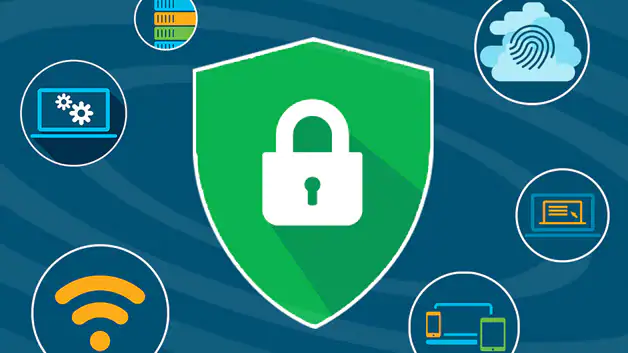In today’s digital era, businesses are increasingly focused on improving the digital employee experience to boost productivity and enhance overall operational efficiency. A seamless and user-friendly digital environment enables employees to collaborate effectively, access critical information, and complete tasks efficiently. However, as organizations strive to create a robust digital ecosystem, one crucial aspect that should never be overlooked is security posturing.
Security posturing refers to the proactive and strategic approach an organization takes to protect its digital assets, systems, and sensitive data from potential threats. When it comes to improving the digital employee experience, ensuring a secure environment is paramount for several compelling reasons.
1. Safeguarding Confidential Data: Organizations store a vast amount of sensitive information, including customer data, financial records, intellectual property, and employee records. A breach in security can have severe consequences, such as financial loss, legal issues, damage to reputation, and loss of trust. By prioritizing security posturing, organizations can establish robust safeguards to protect confidential data and mitigate the risks associated with unauthorized access or data breaches.
2. Preserving Employee Trust: Employees are the lifeblood of any organization, and their trust is essential for maintaining a positive work culture and high productivity levels. When employees perceive that their organization prioritizes security, they feel more confident about sharing and accessing information digitally. On the contrary, a lack of security measures can lead to anxiety, reluctance to embrace digital tools, and decreased employee engagement. By emphasizing security posturing, organizations can foster trust and empower employees to leverage digital technologies to their fullest potential.
3. Mitigating Cybersecurity Risks: The digital landscape is fraught with various cybersecurity threats, including malware, ransomware, phishing attacks, and social engineering attempts. These threats can exploit vulnerabilities within an organization’s digital infrastructure and compromise sensitive data or disrupt critical business operations. By adopting a proactive security posture, organizations can implement robust security measures such as multi-factor authentication, encryption, regular security audits, and employee awareness training to mitigate these risks effectively.
4. Compliance with Data Protection Regulations: In recent years, data protection regulations such as the General Data Protection Regulation (GDPR), Protection of Personal Information Act (POPI), and the California Consumer Privacy Act (CCPA) have gained prominence. Compliance with these regulations is not only legally mandated but also essential for maintaining customer trust and avoiding hefty fines. By prioritizing security posturing, organizations can align their digital employee experience initiatives with the requirements of these regulations and ensure the protection of personal data.
5. Strengthening Business Resilience: Security breaches and cyber-attacks can have a significant impact on an organization’s operations and continuity. A successful breach can lead to operational disruptions, financial loss, reputational damage, and recovery costs. By integrating security posturing with digital employee experience initiatives, organizations can bolster their resilience to such incidents. Robust security measures, incident response plans, and disaster recovery strategies help organizations mitigate the potential damage and recover more effectively.
6. Supporting Remote Workforce: The COVID-19 pandemic has accelerated the adoption of remote work, making it a prevalent practice in many organizations. With employees accessing corporate resources from various locations and devices, the attack surface has expanded significantly. Security posturing becomes even more critical in a remote work environment, ensuring that employees can work safely without compromising sensitive data. By implementing strong security protocols and providing secure remote access solutions, organizations can empower their remote workforce while mitigating potential security risks.
In conclusion, security posturing is a vital aspect when organizations aim to enhance the digital employee experience. By prioritizing security, organizations can safeguard confidential data, preserve employee trust, mitigate cybersecurity risks, ensure compliance with data protection regulations, strengthen business resilience, and support a remote workforce. Neglecting security posturing can lead to severe consequences, including financial loss, reputational damage and legal issues for the company concerned.

